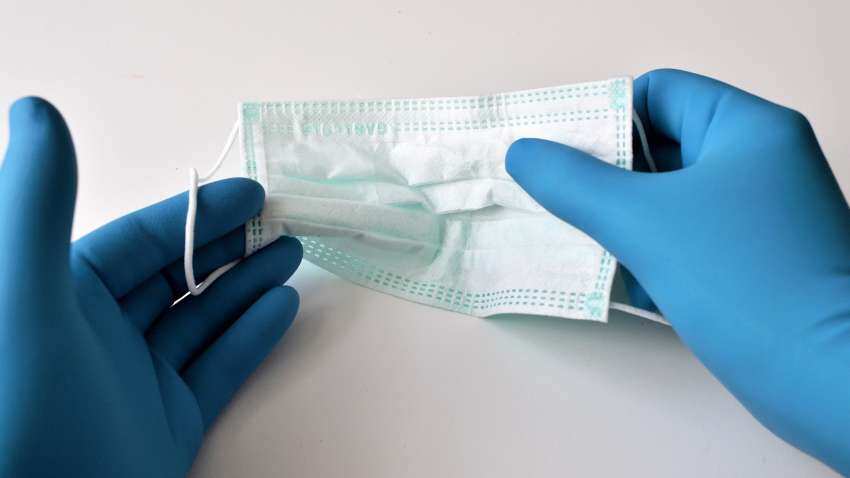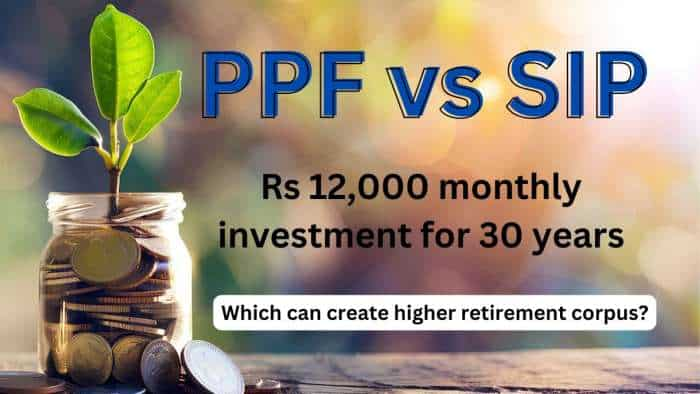Redesigning air conditioning systems in commercial buildings can limit spread of COVID: IIT Delhi
The study titled "Modeling of dispersion of aerosolised air-borne pathogens exhaled in indoor spaces" has been published in the journal "Physics of Fluids". The researchers claim that this is one of the first demonstrations of estimating the likelihood of infection from a purely fluid dynamics perspective and considers the role of many occupants that affects the pathogen's spread.

Researchers at Indian Institute of Technology (IIT), Delhi have found that redesigning air conditioning systems used in commercial buildings to increase the ventilation rate can limit spread of COVID-19 in indoor spaces as it reduces the residence time of pathogens.
The development comes against the backdrop of recent rise in the COVID cases in the country.
Taking into account that COVID-19 is airborne, a three-member team from IIT demonstrated a procedure for estimating the probability of infection of a healthy occupant when living in the same enclosed space as a COVID-19 infected person breathing out pathogens.
The study titled "Modeling of dispersion of aerosolised air-borne pathogens exhaled in indoor spaces" has been published in the journal "Physics of Fluids". The researchers claim that this is one of the first demonstrations of estimating the likelihood of infection from a purely fluid dynamics perspective and considers the role of many occupants that affects the pathogen's spread.
According to Amit Gupta, professor at IIT Delhi, the study found that the residence time of aerosol reduces considerably with an increase in the ventilation rate.
"The ventilation rate is an indicator of the rate at which fresh air is brought into an indoor space. Typically, it is represented by air changes per hour (ACH). The role of high ventilation rate in reducing the spread of the pathogen is crucial. It is observed that increase in ventilation rate not only decreases the residence time of virus and radial zone of high infectiousness, it also reduces the number of susceptible people in the enclosed space," Gupta told PTI.
"This aspect is crucial in the case of breakdown of another pandemic. In such a scenario, the easiest method to mitigate the spread of virus is to increase the ventilation rate inside the enclosed space and hence the air conditioning system in commercial buildings can be redesigned accordingly," he added.
Gupta explained that in naturally ventilated spaces, such as schools or universities where ventilation rate is low, the pathogen can remain present for hours even after the room has been vacated by the infected person due to an increase in the residence time of the pathogen.
"Thus, it is recommended to make provisions for increasing the ventilation rate to reduce the risks associated with spreading of the infection. The highest possible ventilation rate, keeping in mind comfort and HVAC system capacity, must be used in a pandemic. In the case of classrooms, a ventilation rate equivalent to 9 air changes or more is recommended.
"Furthermore, these findings bring out the importance of keeping ventilation systems working for extended durations after closing hours to minimise the concentration of pathogen and contaminants in the building space. The placement of exhaust duct also plays a crucial role in mitigating the spread of the pathogen inside the classroom," he added.
The researchers including professor Supreet Singh Bagha and MTech student Praveen Sharma, established the role of aerosol dispersion of SARS-Cov-2 virus and similar airborne pathogens on the spread of the disease in indoor spaces. They performed realistic simulations of air flow in two representative IIT Delhi classrooms along with large number of occupants.
"The simulations were used to compute the dispersion of SARS-Cov-2, and to estimate the likelihood of infection faced by other occupants seated at various locations. We correlated the pathogen density exhaled by a SARS-Cov-2 infected person to its spread in the indoor space.
"We analyzed the effect of number of air changes per hour and the placement of inlet and exit ducts in the room on the spread of the pathogen. Our simulations incorporated the time-periodic inhalation-exhalation cycle of the infected occupant to mimic a realistic scenario," Praveen Sharma said.
According to Health Ministry data, India recorded 9,111 new coronavirus infections on Monday, while active cases have increased to 60,313.
Get Latest Business News, Stock Market Updates and Videos; Check your tax outgo through Income Tax Calculator and save money through our Personal Finance coverage. Check Business Breaking News Live on Zee Business Twitter and Facebook. Subscribe on YouTube.
RECOMMENDED STORIES

Power of Rs 15,000 SIP: How long it will take to achieve Rs 7 crore corpus? See calculations to know

Largecap Stocks To Buy: Analysts recommend buying Maruti Suzuki, 2 other stocks for 2 weeks; check targets

Largecap PSU Stock for 65% Gain in New Year: Anil Singhvi picks PSU bank for long term; know reasons and target prices

SIP in Stocks For New Year 2025: Market guru Anil Singhvi recommends 1 largecap, 2 midcap scrips to buy in dips; note down targets

SIP Stock Pick For New Year 2025: Anil Singhvi recommends buying this largecap pharma stock on 10% dip

Top 7 Index Mutual Funds With Best SIP Returns in 10 Years: Rs 11,111 monthly SIP investment in No. 1 fund is now worth Rs 33,18,831; know how others have fared

SBI Latest FD Rates: PSU bank pays these returns to senior citizens and other depositors on 1-year, 3-year and 5-year fixed deposits
04:32 PM IST








 Hyundai Motor Group ties up with IITs to advance battery, electrification research
Hyundai Motor Group ties up with IITs to advance battery, electrification research IIT Delhi's IHFC, Google to support 33 early stage startups on their AI journey
IIT Delhi's IHFC, Google to support 33 early stage startups on their AI journey IIT Delhi-Abu Dhabi's inaugural tech bachelor programmes to drive energy, digital agendas
IIT Delhi-Abu Dhabi's inaugural tech bachelor programmes to drive energy, digital agendas Wipro in partnership with IIT Delhi launches centre of excellence on generative AI
Wipro in partnership with IIT Delhi launches centre of excellence on generative AI IIT Delhi to set up campus in Abu Dhabi; 2nd IIT after Chennai to have offshore campus
IIT Delhi to set up campus in Abu Dhabi; 2nd IIT after Chennai to have offshore campus